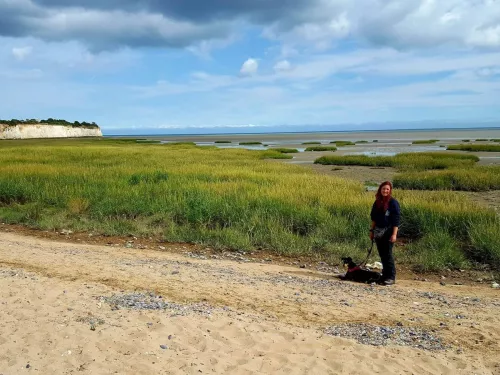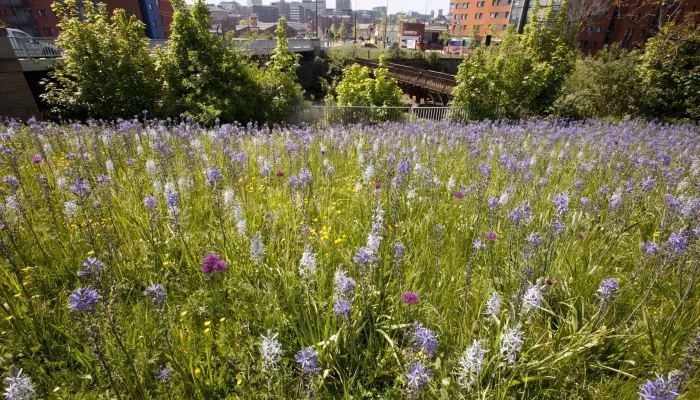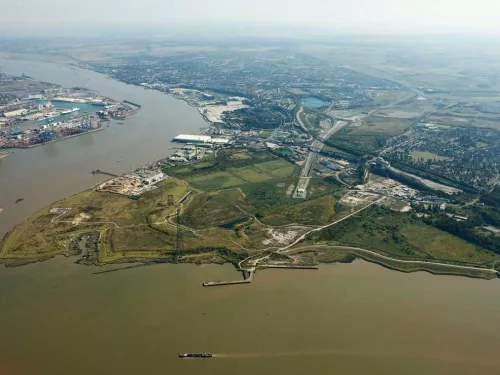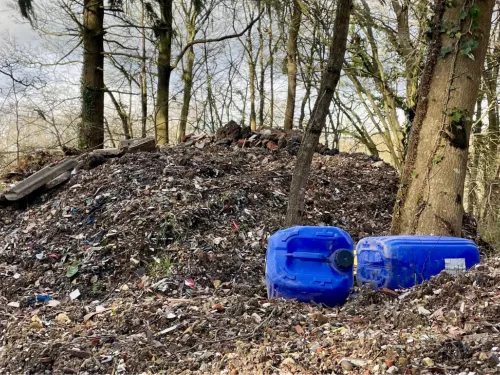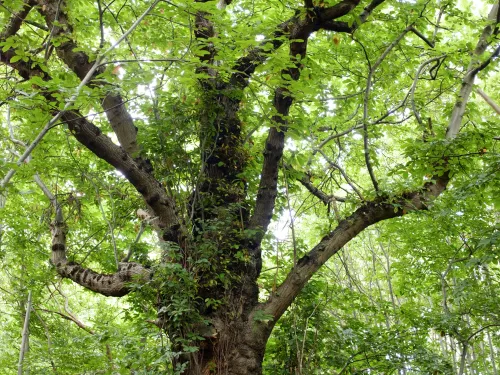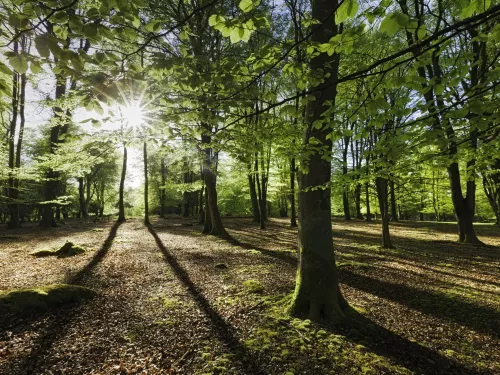Great Crested Newts are a protected species, and a licence from Natural England is needed before their habitats can be destroyed or the animals disturbed. The current licensing approach involves developers trapping and relocating the species to alternative habitats, usually a newly created pond, before starting work. This has not been working, as most of the schemes consented are not robust enough to maintain populations of this species.
Seasonal restrictions are rarely planned for by developers, and these then cause delays and create uncertainty over the costs and scheduling of planned development under the current licensing approach. ‘District Level Licensing’ is designed to overcome this problem. Originally conceived as a pilot approach to test the idea, the suggestion was so popular with developers it is now national policy.
Under the new scheme, developers make a payment which covers creating or restoring ponds in areas away from the development, and their maintenance and monitoring for 25 years. The scheme in Kent is not technically ‘District Licensing’, as Natural England will still be issuing licences for individual developments, but the delivery of compensation ponds should be the same.
Kent Wildlife Trust supports the principle of a strategic level licensing scheme for Great Crested Newts that would deliver conservation gains for the species in the county. If well managed, it would be an improvement on the current system that has been failing newts for many years.
However, we still have several questions and concerns regarding the new scheme. While The Wildlife Trusts have worked with Natural England to secure improvements on their earlier proposals, it is still not clear whether or not it will deliver better outcomes for this species in the face of development threats.
We still await further background information on this new scheme, including Natural England’s Licensing Strategy, and will continue to work with all relevant parties to push for the best possible outcome for Great Crested Newts in Kent.
